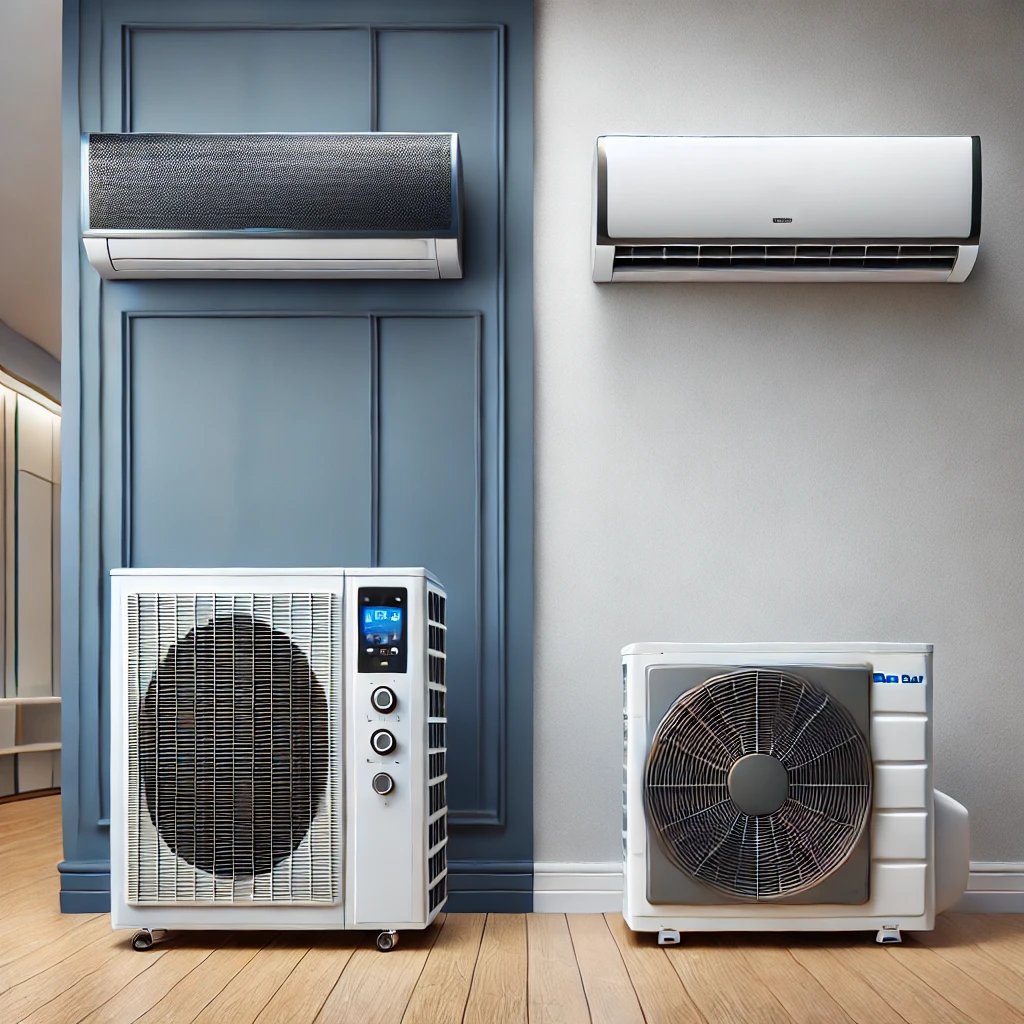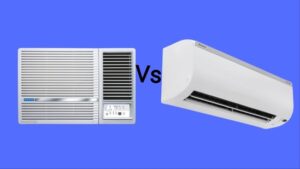While summer arrives in all its fury, nothing is as nice as stepping into a cool, relaxing room. But the key question is, of course, which AC brand should you rely on for comfort? With so many options—Blue Star, LG, Daikin, Voltas, Samsung—you can be forgiven for getting lost. That’s when the Blue Star vs other AC brands comparison takes centre stage. In this guide, we’ll dissect why Blue Star compares to other giant players so you can make an informed, hassle-free decision.
Why Selecting the Best AC Brand is Important
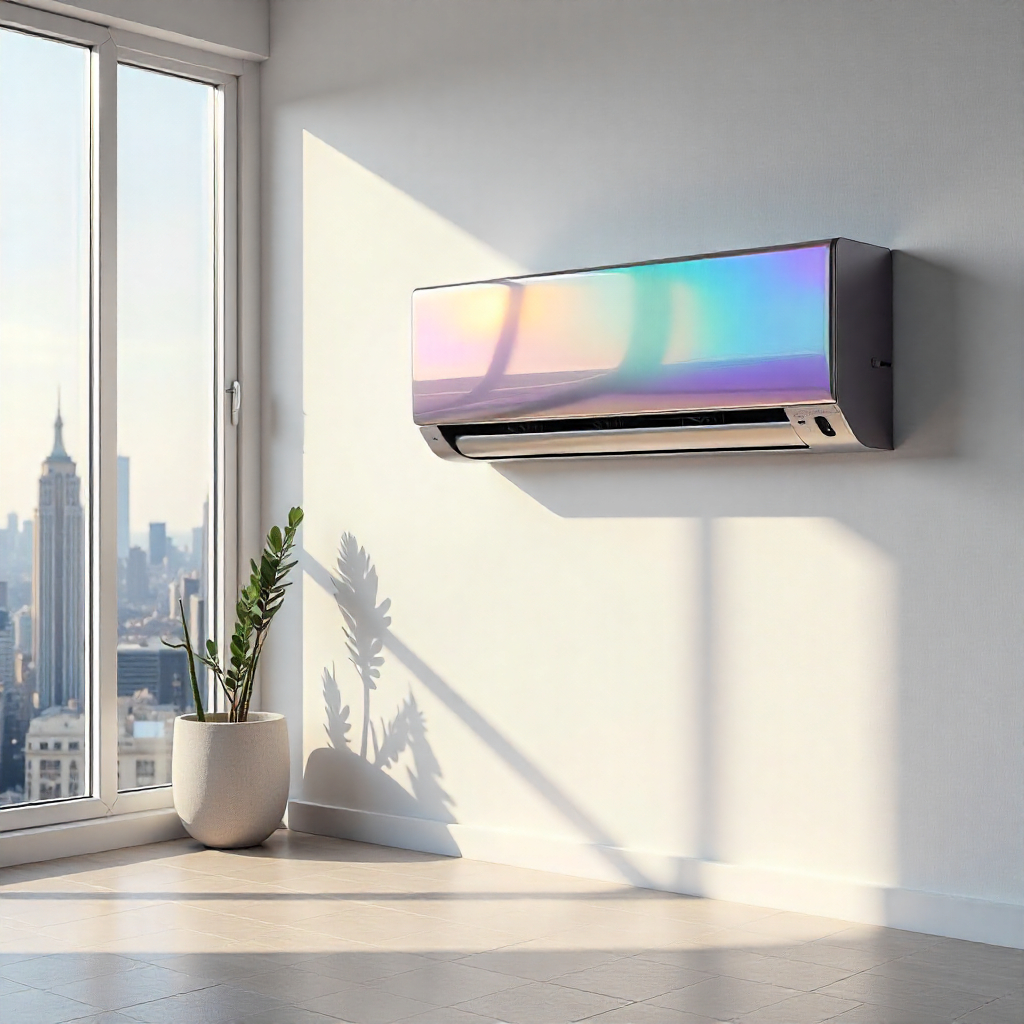
An air conditioner isn’t a gadget you replace yearly—it’s an investment which can last you almost a decade. Consider purchasing a cheaper model only to find it consumes a lot of electricity, does not cool properly when you need it most in the middle of summer, or ceases functioning when you require it the most. Now the “saved money” at the time of purchase becomes thousands in maintenance and power costs.
Conversely, selecting the proper AC brand provides you with peace of mind. A good AC not only cools your residence but also helps save energy, responds well to your area climate, and has reliable after-sales service. In the long run, that translates to reduced costs, enhanced comfort, and much less stress.
Overview of Blue Star Air Conditioners
A Brief History of Blue Star
Blue Star has chilled India for more than 75 years. It was established in 1943 and is now one of the most well-known names in the air conditioning industry, most well known for commercial cooling.
What Makes Blue Star Special?
The company is famous for its energy-saving technology, wide range of products, and focus on Indian climatic needs. Whether it is sultry summers or sea coast humidity, Blue Star designs ACs that thrive in either.
Comparing Blue Star with Other Leading AC Brands
Blue Star vs LG: Comparison Table
| Feature | Blue Star | LG |
|---|---|---|
| Cooling Efficiency | Turbo cooling with wide airflow, designed for Indian climate | Rapid cooling with advanced Dual Inverter technology |
| Energy Consumption | Inverter ACs optimized for Indian conditions | Global leader in energy-efficient Dual Inverter models |
| Price | More affordable, offers strong value for money | Generally pricier, positioned as premium |
| Best Choice For | Value-seeking households | Buyers who want cutting-edge energy efficiency |
Blue Star vs Daikin: Comparison Table
| Feature | Blue Star | Daikin |
|---|---|---|
| Noise Levels | Quiet operation, slightly higher noise than Daikin | Ultra-quiet, excellent for bedrooms |
| Durability & Build | Sturdy, anti-corrosive features for Indian climate | Premium Japanese engineering, long-term durability |
| Price | Mid-to-premium, budget-friendly compared to Daikin | Premium pricing |
| Best Choice For | Affordable premium cooling | Users seeking top-notch silence and durability |
Blue Star vs Voltas: Comparison Table
| Feature | Blue Star | Voltas |
|---|---|---|
| Market Share | Strong urban presence, performance-driven | Market leader in India due to affordability |
| After-Sales Service | Good in metro and tier-1 cities | Wider coverage, even in smaller towns |
| Price | Slightly higher than Voltas, balances cost with features | Budget-friendly, highly affordable |
| Best Choice For | Buyers seeking balanced performance and efficiency | Budget-conscious families, small-town buyers |
Blue Star vs Samsung: Comparison Table
| Feature | Blue Star | Samsung |
|---|---|---|
| Technology & Features | Focused on performance, practical features | Smart innovations like AI cooling & Wi-Fi control |
| Smart AC Capabilities | Limited smart features, emphasizes reliability | High-end smart ACs with app control & automation |
| Price | Mid-to-premium | Premium to high-end |
| Best Choice For | Families wanting dependable, value-for-money ACs | Tech-savvy users who prefer smart home integration |
Cooling Performance
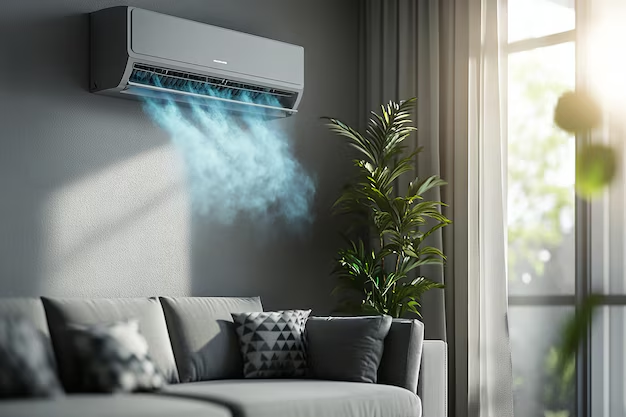
Cooling Capacity
When it comes to selecting an AC, cooling performance is usually the first priority—and for good reason. What’s the use of an air conditioner, after all, if it can’t even tackle heat? Blue Star ACs come equipped with high-performance compressors and turbo cooling technology that achieve quick temperature reductions, even on scorching summer afternoons. That makes them a top choice for homes in hot climates where instant relief is a non-negotiable.
Efficiency in High Temperatures
One place where Blue Star stands out in the “Blue Star vs Other AC Brands” argument is in its reliability in scorching temperatures. Most ACs fail or become inefficient when temperatures soar outside above 45°C, but Blue Star air conditioners are made for Indian conditions. With features such as wide voltage operation, inverter compressors that are much more advanced, and blue fins with anti-corrosive properties, these ACs provide smooth cooling performance even when mercury reaches sky-high levels.
By comparison, Daikin and LG also provide good cooling but tend to be on the higher side of costs. Voltas can be cheaper, but it also tends to fall behind in consistent performance when it comes to prolonged heat waves. Blue Star finds a middle path of efficiency and affordability without compromising comfort in hot weather.
Energy Efficiency
Star Ratings
Energy efficiency is one of the oldest aspects to be taken into account while purchasing an AC as it has a direct impact on electricity bills. Blue Star offers 3-star to 5-star rated models in its line-up, and therefore it is very easy for consumers to balance down payments and subsequent savings. A 3-star model is generally a low-cost model and best used for light usage, whereas the 5-star models are best used for the families that overload their ACs during the hot summer months. Blue Star vs Other AC Brands, LG and Daikin tend to set the benchmark when it comes to power efficiency, but Blue Star pleasantly surprises quite well, keeping an economy factor in consideration.
Inverter Technology
One of the most cutting-edge technologies Blue Star has embraced is inverter technology. Rather than fixed speed operation of the compressor, Blue Star ACs modulate it dynamically according to room temperature. This implies that the AC doesn’t overwork, consumes lesser power, and provides a uniform temperature rather than providing “cold-hot” cycles. In Blue Star vs Other Brands of ACs, this function places Blue Star alongside top international brands like LG and Daikin—saving without a compromise in cooling power. to know more check out our article Best Blue Star AC Inverter Technology guide in 2025
Technological Features
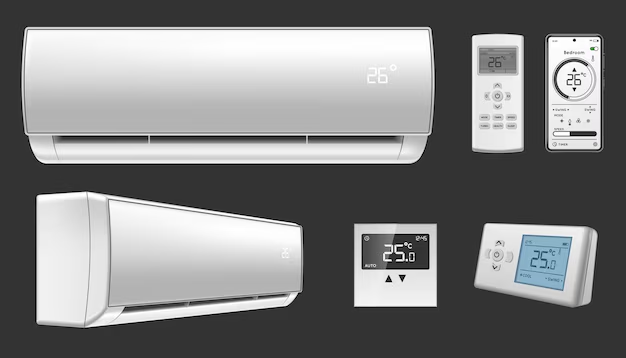
Smart Connectivity
With the smart-home revolution in full gear, consumers want ACs that cool and do more—and connect. While LG and Samsung take the lead in AI cooling, voice assistant, and Wi-Fi app control, Blue Star has also started venturing into this space. Blue Star’s newer lines have Wi-Fi remote controls, smart diagnostics, and remote monitoring. Less flashy than Samsung’s AI-cooling, Blue Star focuses on reliability with smart features that work—a trade-off most Indian houses prefer. “Top Features to Look for in a Blue Star AC“
Air Purification Systems
Cooling is no longer enough—air quality plays an important role in comfort and health. In the Blue Star vs Other Ac Brands review, Blue Star outshines with its anti-bacterial coatings, dust filters, and silver ion filters that retain allergens and pollutants. All these features make Blue Star ACs particularly beneficial for city dwellers exposed to dust and pollution. Although Daikin and LG also have efficient air cleaning systems, Blue Star likes to provide them at a comparatively lower rate, thus providing them to more individuals.
Design and Build Quality
Aesthetics
When it comes to looks, many people think ACs are all the same—but that’s not true. The design can make a big difference, especially if you’re styling a modern home or office. In the “Blue Star vs Other AC Brands” comparison, it’s a close contest.
Blue Star offers thin, minimalist indoor models with clean lines and advanced finishes. Most models come in white or off-white colours that easily fit most decors, while higher-end models have a glossy finish or discreet patterns to suit contemporary décor. Blue Star designs are skewed toward minimalism and simplicity to avoid overwhelming the décor of your room.
Durability
Durability is one domain where Blue Star has earned a strong reputation over decades. In the competition between “Blue Star vs Other AC Brands,” this is the clincher for Indian households.
Blue Star uses copper condensers, blue anti-corrosion fins, and high-duty compressors that can tolerate India’s tough weather conditions—dry heat in the northern region or coastal humidity. These elements extend the life of the AC and reduce maintenance costs. Blue Star ACs are reportedly running seamlessly for years with hardly any reduction in performance by many of its users.
Price Range and Affordability
Initial Cost
Price tends to be the initial concern of most consumers before taking a new AC home. In the “Blue Star vs Other AC Brands” conflict, Blue Star strategically places itself in the mid-to-premium category. Blue Star provides ample options ranging from affordable split and window ACs to high-tech inverter and smart ACs so that customers can select one according to their requirement as well as affordability.
Maintenance Expenses
The initial purchase price is just the starting point—maintenance expenses can creep up on you slowly and drain your bank account if you choose the wrong brand. That’s where Blue Star actually excels. Because of long-lasting copper condensers, anti-corrosive blue fins, and widely available spare parts, maintenance is comparatively hassle-free and inexpensive compared to international brands such as Daikin and Samsung.
Maintenance-wise, Blue Star ACs are cost-effective, making the “Blue Star vs Other AC Brands” comparison tilt in its favour.
Customer Reviews and Satisfaction
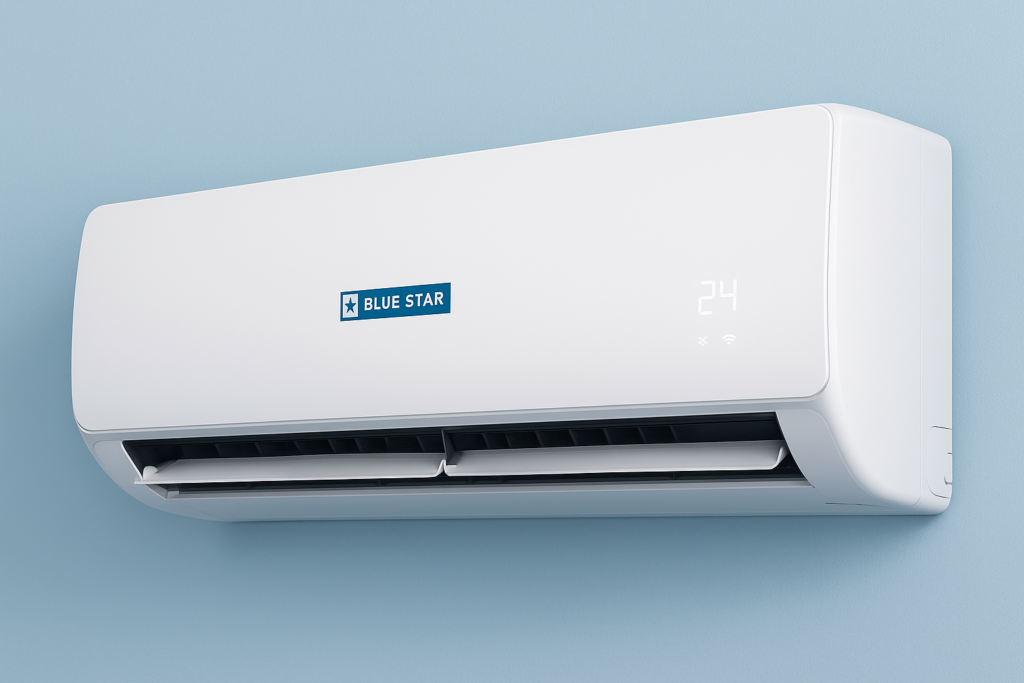
Positive Feedback
Customer satisfaction is crucial when considering “Blue Star vs Other AC Brands.” Many users praise Blue Star for its consistent cooling and energy efficiency.
Common Complaints
However, no brand is perfect. Some users in the “Blue Star vs Other AC Brands” debate have noted minor noise issues in certain Blue Star models.
After-Sales Service and Support
Warranty Terms
When purchasing an AC, the warranty is not merely a document—it’s your insurance against surprise repair costs. In the “Blue Star vs Other AC Brands” fight, Blue Star stands firm by providing affordable warranty plans. All but the smallest units have a 1-year extensive warranty on the unit and a 5–10 year warranty on the compressor, the main component of the AC. Some high-end inverter models even take the compressor warranty further, providing customers with additional confidence.
Service Network
Even a top-of-the-line AC is prone to failures, and that’s where after-sales service comes into play. In Blue Star vs Other AC Brands analysis, Blue Star has established a strong service network, especially in metro cities and tier-1 towns. Customers tend to appreciate the brand’s prompt response times and professional service personnel, which eliminate downtime during peak summer.
Environmental Impact
Refrigerants Used
One of the biggest priorities nowadays when buying air conditioners is eco-friendliness. Blue Star excels in the “Blue Star vs Other AC Brands” comparison by using R32 and R410A refrigerants in most of its new products. These have lower ozone depletion potential (ODP) and global warming potential (GWP) than aged gases like R22, which is still used by other brands in some low-end or older-refrigerant-based products.
For example, Blue Star’s widely used refrigerant R32 is not only eco-friendly, but it is also more efficient at heat transfer, i.e., the same cooling is delivered using less power by the AC. In contrast, its rivals like Voltas and Samsung also maintain some entry-level offerings based on R22 or even higher-GWP refrigerants. Also in line are companies like Daikin and LG, which have turned in their large bulk of premium and middle-range products towards R32. With green refrigerants being the topmost priority, Blue Star appeals to environmentally conscious consumers as well as following global environment standards.
Energy Consumption
For comparing “Blue Star vs Other AC Brands”, energy efficiency is a deciding criterion for electricity saving as well as running expenses over long durations. Blue Star has greatly invested in inverter technology and energy-saving compressors, which control cooling capacity automatically as a function of room temperature and load. This reduces excessive utilization of electricity and decreases monthly expense.
Most Blue Star inverter ACs are 3-star to 5-star BEE-rated, and this provides customers with various choices depending on budget and energy-saving requirements. A 5-star Blue Star inverter AC, for example, will save customers 25–30% more energy than a 3-star AC.
In contrast, Daikin is the expert on super-efficient inverter systems, and LG has its Dual Inverter Technology that is marginally more energy-optimizing. Voltas is equally cost-sensitive, so their products are efficient but may not always provide Blue Star, LG, or Daikin’s advanced energy-saving features. Samsung aims to find the middle ground with smart features and efficiency but does miss out sometimes on long-term reliability.
Availability and Market Presence
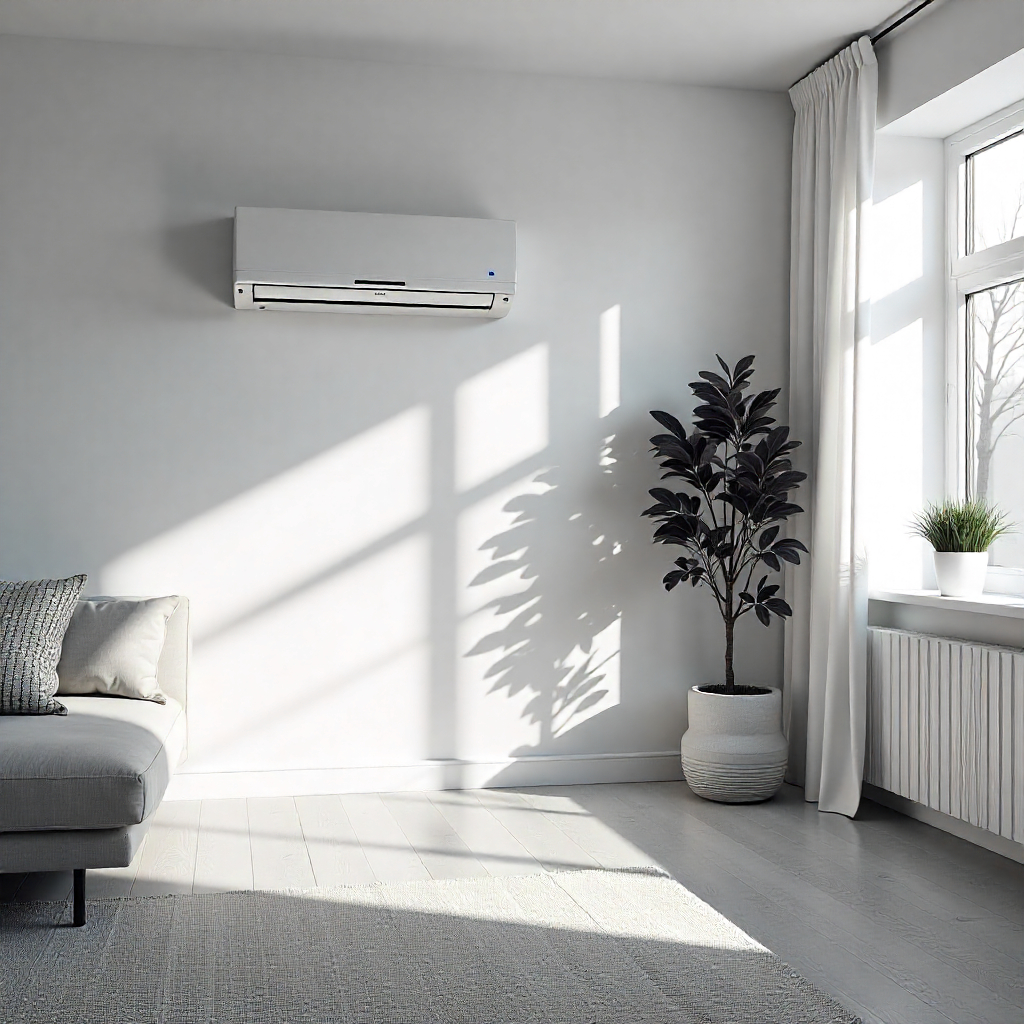
Global Reach
Though Blue Star has a solid presence in India, it is steadily expanding globally, making “Blue Star vs Other AC Brands” a more international discussion.
Local Availability
In India, Blue Star ACs are widely available online and in retail stores, simplifying the “Blue Star vs Other AC Brands” buying decision.
Awards and Recognitions
Industry Accolades
In taking into consideration “Blue Star vs Other AC Brands”, the appreciation that Blue Star has earned over the years makes a significant contribution to its reputation. Blue Star has been winning, time after time, consumer preference awards, innovation awards, and energy efficiency awards from top industry bodies in India and abroad.
For example, the company has been recognized for inverter technology, long-life product design, and eco-friendly methods. While other companies like LG and Daikin too were awarded for their innovations, Blue Star stands firmly as a globally established Indian-origin brand. Its seven decades old legacy of cooling knowledge is a powerhouse in home and business air conditions solutions. These awards place consumer trust on the company, and that gives Blue Star an edge of competitiveness in India’s highly competitive AC market.
Certifications
Blue Star ACs are not only award recipients but also certified on the grounds of strict international quality and environmental standards. Being a crucial argument in the “Blue Star vs Other AC Brands” discussion, certifications ensure that customers are paying money for safe, reliable, and eco-friendly products.
Some of the widely recognized certifications are:
- ISO 9001 & ISO 14001 – assuring quality management and environmental care.
- BEE Star Ratings – showcasing excellence in energy efficiency.
- RoHS Compliance – guaranteeing products are free from harmful substances.
- OHSAS 18001 – highlighting concern for occupational health and safety in production.
When compared to the rest of the companies, even LG and Daikin possess extremely high international certifications for energy efficiency and safety, but Blue Star’s ongoing focus on Indian standards as well as international standards fills the gap between domestic trust and international quality. By maintaining such high standards, Blue Star becomes a brand that is sustainable, safe, and innovative and thus an ideal choice for long-term application.
Pros and Cons of Blue Star ACs
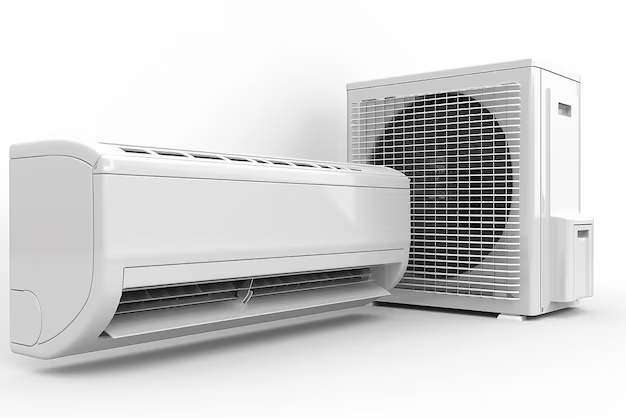
Advantages
- Superior cooling performance
- Energy-efficient models
- Excellent after-sales service
- Diverse range of options
Disadvantages
- Some models may produce noise
- Smart features aren’t as advanced as some competitors
Conclusion
So, Blue Star vs Other AC Brands” — which one should you choose? Blue Star excels in cooling efficiency, durability, and after-sales service. If smart features are high on your list, brands like LG or Samsung might suit you better. Ultimately, the right choice depends on your personal preferences and priorities.
FAQs – Blue Star vs Other AC Brands
1. Is Blue Star more energy-efficient than other brands?
Blue Star offers highly energy-efficient models, often matching or surpassing other brands.
2. How does Blue Star’s cooling performance compare?
In the “Blue Star vs Other AC Brands” debate, Blue Star is renowned for its fast and consistent cooling.
3. Are Blue Star ACs more affordable?
Blue Star offers a range of options across different price points, making affordability a strong suit.
4. Does Blue Star offer smart AC models?
Yes, though its smart features are still evolving compared to brands like LG or Samsung.
5. Which brand has better after-sales service?
Blue Star boasts an impressive after-sales network, making service and support easily accessible.

